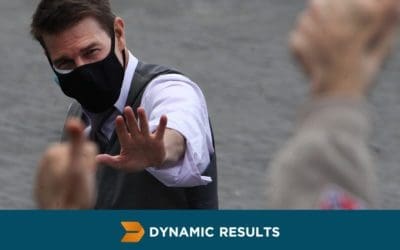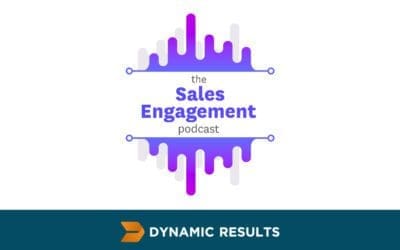The Silent Threat: Are You Stifling Information Flow with Poor Emotional Safety?
Have you ever considered that your leadership style might be hindering your organization’s success? While strong technical skills are valuable, leaders who fail to create emotional safety can become a hidden liability.
Emotional safety is a workplace environment where employees feel comfortable sharing information, even bad news, without fear of retribution. This is crucial for informed decision-making and overall organizational health.
Think about your own breathing patterns. We tend to inhale sharply when startled or stressed, and exhale with relief when feeling safe. Consider the impact you have on others. Do people approach you with a sense of apprehension, or do they feel comfortable bringing you both good and bad news?
Leaders who cultivate emotional safety benefit from a constant flow of real-time information. This allows them to make well-informed decisions and address potential problems before they escalate. Conversely, leaders who unintentionally create a climate of fear risk operating in an information vacuum, ultimately harming the organization.
How to Foster Emotional Safety:
- Be approachable and solution-oriented.
- Actively listen to concerns without judgment.
- Show appreciation for the messenger, even when the news is bad.
By prioritizing emotional safety, you can transform your leadership style and unlock the full potential of your team. This leads to better decision-making, improved employee morale, and ultimately, a more successful organization.
Discover Our Emotional Safety® Program: Learn more about how to create a culture of emotional safety in your organizations, leading to better teamwork and productivity.



